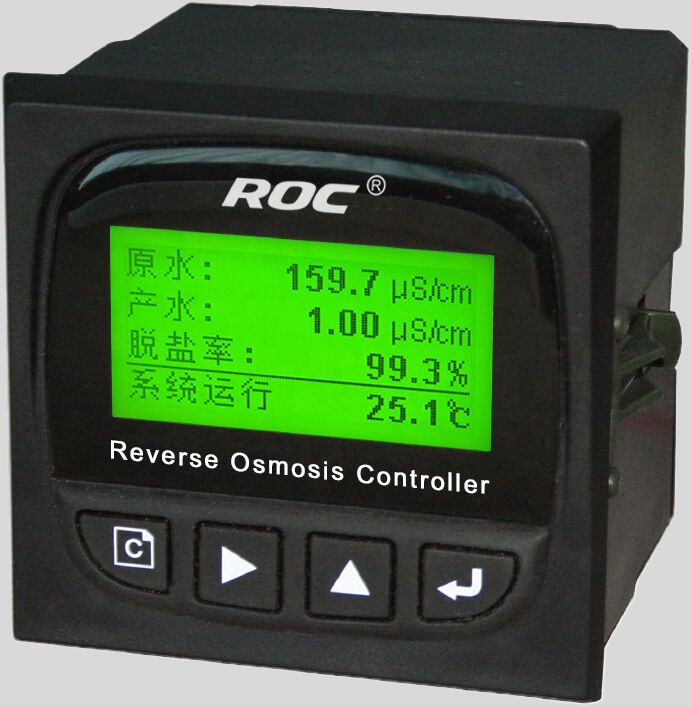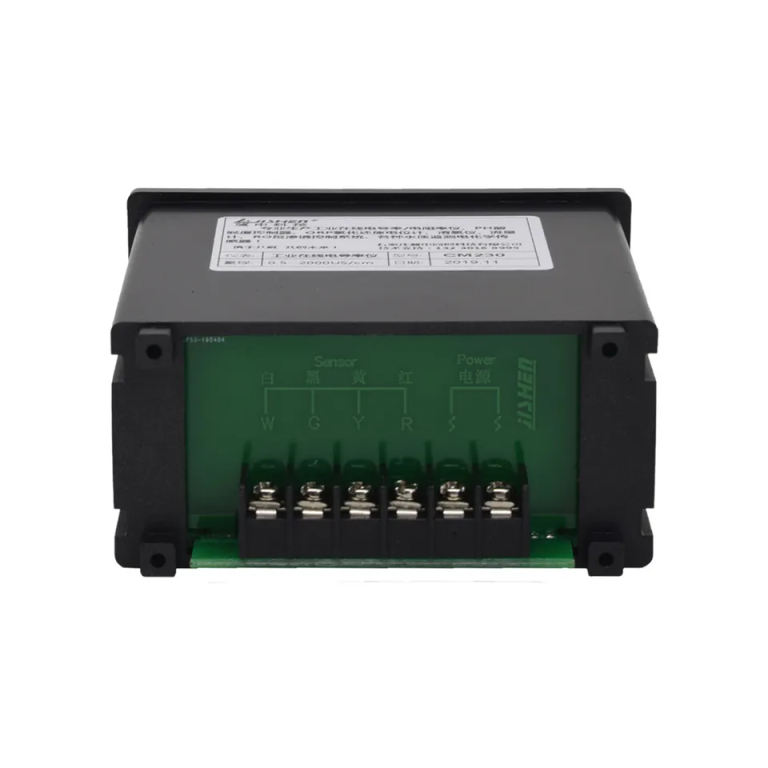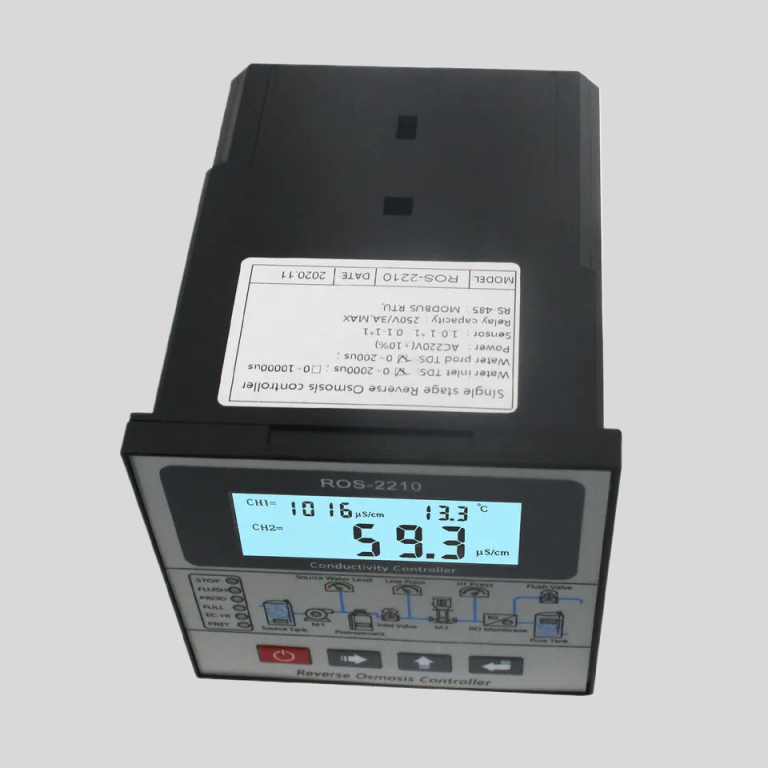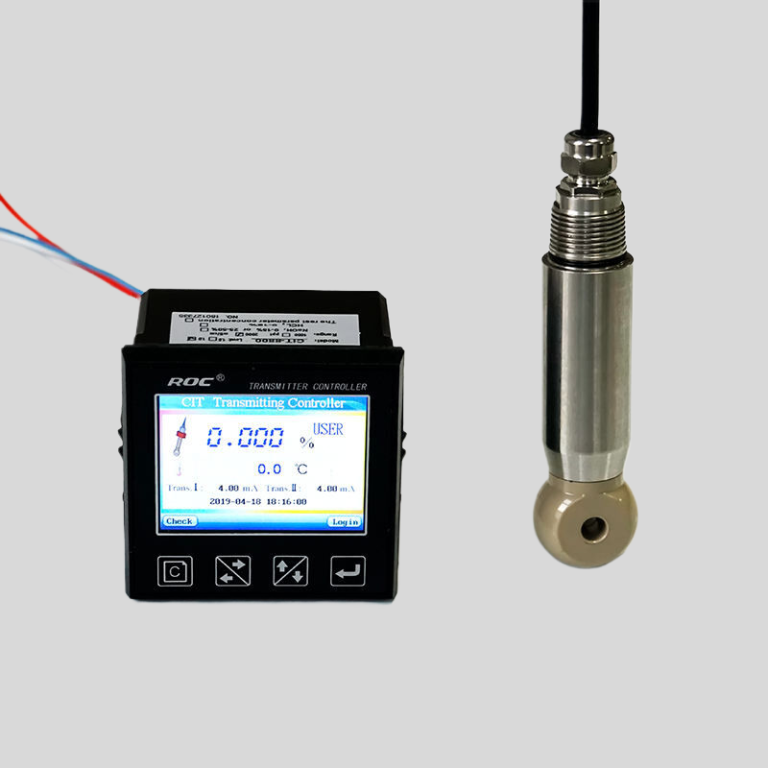Understanding Flow Transmitters
Flow transmitters are essential devices used in various industries to measure the flow rate of liquids or gases in a system. These devices play a crucial role in ensuring the efficiency and accuracy of processes that rely on the precise control of flow rates. In this article, we will explore the basics of flow transmitters, how they work, and their importance in industrial applications.
Flow transmitters are instruments that convert the flow rate of a fluid into an electrical signal that can be easily measured and monitored. These devices come in various types, including differential pressure, electromagnetic, ultrasonic, and thermal flow transmitters. Each type has its own unique features and applications, but they all serve the same purpose of providing accurate flow rate measurements.
| Model | CCT-5300E series Conductivity/Resistivity/TDS Online Controller |
| Constant | 0.01cm-1, 0.1 cm-1, 1.0cm-1, 10.0 cm-1 |
| Conductivity | (0.5~20,000)uS/cm,(0.5~2,000)uS/cm, (0.5~200)uS/cm, (0.05~18.25)MQ·cm |
| TDS | (0.25~10,000)ppm, (0.25~1,000)ppm, (0.25~100)ppm |
| Medium Temp. | (0~50)℃(Temp.Compensation: NTC10K) |
| Accuracy | Conductivity: 1.5%(FS), Resistivity:2.0%(FS), TDS: 1.5%(FS), Temp.: +/-0.5℃ |
| Temp. compensation | (0-50)°C (with 25℃ as Standard) |
| Cable length | ≤20m(MAX) |
| mA output | Isolated, transportable (4~20)mA, Instrument / Transmitter for selection |
| Control Output | relay contact: ON/OFF, Load capacity: AC 230V/5A(Max) |
| Working Environment | Temp.(0~50)℃;Relative Humidity ≤85%RH (none condensation) |
| Storage Environment | Temp.(-20~60)℃;Relative Humidity ≤85%RH (none condensation) |
| Power Supply | CCT-5300E: DC 24V; CCT-5320E: AC 220V |
| Dimension | 96mmx96mmx105mm(HxWxD) |
| Hole Size | 91mmx91mm(HxW) |
| Installation | Panel mounted, fast installation |
Differential pressure flow transmitters work on the principle of measuring the pressure drop across a restriction in the flow path. By measuring the difference in pressure before and after the restriction, the flow rate can be calculated using the Bernoulli equation. This type of flow transmitter is commonly used in applications where the flow rate is relatively low and the fluid is clean and non-corrosive.
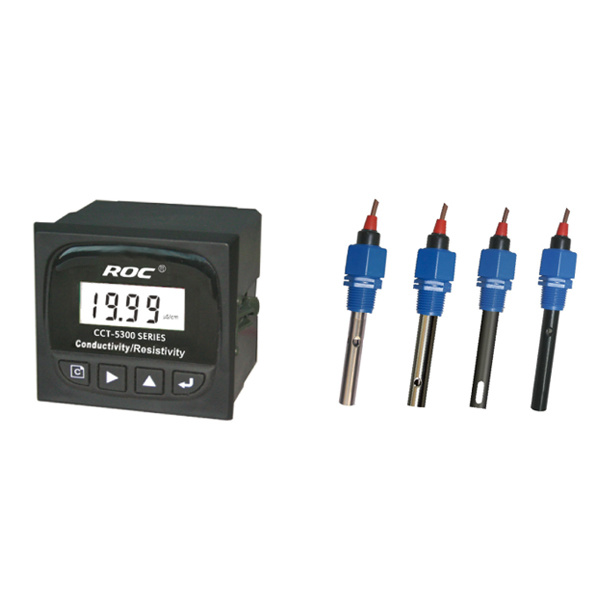
Electromagnetic flow transmitters, on the other hand, use Faraday’s law of electromagnetic induction to measure the flow rate of conductive liquids. These transmitters are ideal for applications where the fluid is highly conductive, such as water and wastewater treatment plants. They are also suitable for measuring flow rates in large pipes and ducts where other types of flow transmitters may not be practical.
Ultrasonic flow transmitters utilize ultrasonic waves to measure the flow rate of liquids or gases. By sending ultrasonic pulses through the fluid and measuring the time it takes for the pulses to travel upstream and downstream, the flow rate can be accurately determined. This type of flow transmitter is non-intrusive and can be used in a wide range of applications, including those with corrosive or abrasive fluids.
Thermal flow transmitters operate based on the principle of measuring the heat transfer between a heated sensor and the flowing fluid. By monitoring the temperature difference between the sensor and the fluid, the flow rate can be calculated using thermal conductivity principles. This type of flow transmitter is commonly used in applications where the fluid is clean and non-conductive, such as air and gases.
Regardless of the type of flow transmitter used, these devices are crucial for ensuring the efficiency and reliability of industrial processes. By providing accurate flow rate measurements, flow transmitters help operators monitor and control the flow of fluids in a system, leading to improved process efficiency and reduced waste.
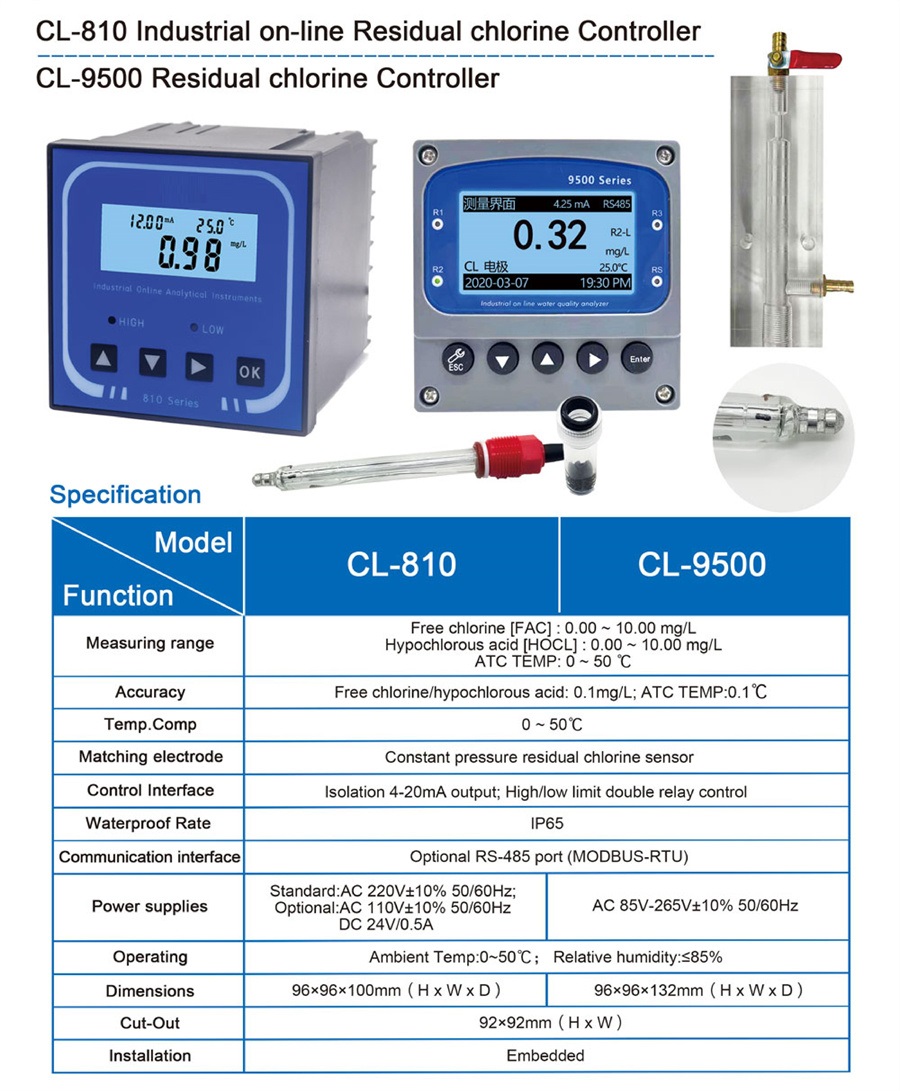
| FL-9900 High Precision Type Runner Flow Controller | ||
| Measuring range | Frequency | 0~2K Hz |
| Velocity of flow | 0.5~5 m/s | |
| Instantaneous flow | 0~2000 m³/h | |
| Cumulative flow | 0~9999 9999.999 m³ | |
| Applicable pipe diameter range | DN15~DN100;DN125~DN300 | |
| Resolution | 0.01 m³/h | |
| Refresh rate | 1s | |
| Accuracy class | Level 2.0 | |
| Repeatability | ±0.5% | |
| Sensor input | Radius:0~2K Hz | |
| Supply voltage:DC 24V(instrument internal supply) | ||
| The electronic unit automatically temperature compensates for errors | +0.5%FS; | |
| 4-20mA | Technical characteristics | Meter/transmitter dual mode (photoelectric isolation) |
| Loop resistance | 500Q(max),DC24V; | |
| Transmission accuracy | ±0.01mA | |
| Control port | Contact mode | Passive relay control output |
| Load capacity | Load current 5A (max) | |
| Function selection | Instantaneous flow upper/lower alarm | |
| Mains supply | Working voltage: DC24V 4V Power consumption :<; 3.OW | |
| Cable length | Factory configuration: 5m, can be agreed: (1~500) m | |
| Environmental requirement | Temperature: 0~50℃; Relative humidity: ≤85%RH | |
| Storage environment | Temperature: (-20~60) ℃; Humidity: 85%RH | |
| Overall dimension | 96×96×72mm(height × width × depth) | |
| Opening size | 92×92mm | |
| Installation mode | Disc mounted, fast fixed | |
| Sensor | Body material | Body: Engineering plastic PP; Bearing :Zr02 high temperature zirconia |
| Flow rate range | 0.5~5 m/s | |
| Withstand pressure | ≤0.6MPa | |
| Supply voltage | lDC 24V | |
| Output pulse amplitude| | Vp≥8V | |
| Normal pipe diameter | DN15~DN100;DN125~DN600 | |
| Medium characteristic | Single-phase medium(0~60℃) | |
| Installation mode | Direct line insertion | |
In conclusion, flow transmitters are essential instruments that play a vital role in various industries where the precise measurement and control of flow rates are critical. By understanding the basics of flow transmitters and how they work, operators can ensure the smooth operation of their processes and achieve optimal performance. Whether it’s differential pressure, electromagnetic, ultrasonic, or thermal flow transmitters, choosing the right type for a specific application is key to achieving accurate and reliable flow rate measurements.

